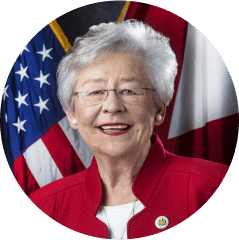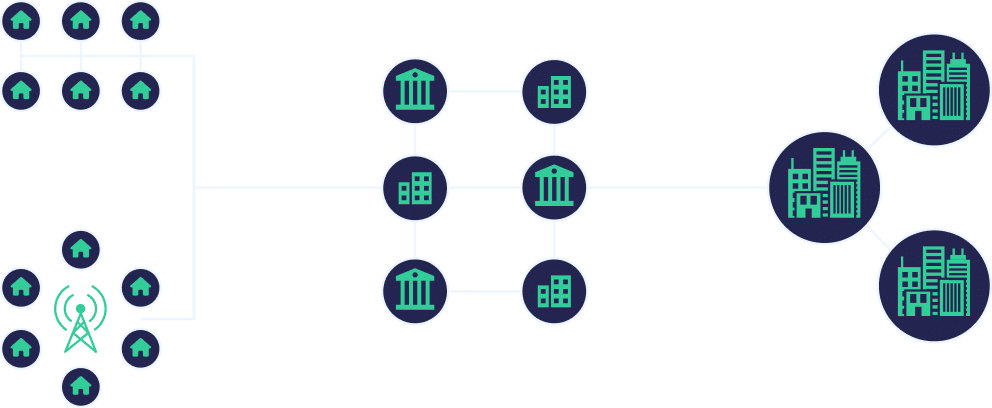
“To thrive in a 21st century world and a 21st century economy, broadband must be made readily available so additional job opportunities can be created, education can be expanded past the walls of our classrooms and healthcare services can be improved. Broadband expansion is a journey, not a short trip, and Be Linked Alabama represents our state’s journey to expand access to high-speed internet connectivity for all Alabamians.”
Kay Ivey
Governor of Alabama

“We have a great team in Alabama that includes public officials such as our Governor and members of the Legislature, private sector companies, citizens, local leaders and communities all joining together with a common goal – to give everyone who calls our state home the ability to be connected. Our state has already made tremendous progress on our journey to expand broadband, but we still have a long way to go. Be Linked Alabama represents the progress that we have made, and the continued progress still to come.”
Kenneth W. Boswell
Director of Alabama Department of Economic and Community Affairs



![$desc['desc_image']['url']](https://broadband.alabama.gov/wp-content/uploads/2023/08/Broadband-Basics-One.png)
![$desc['desc_image']['url']](https://broadband.alabama.gov/wp-content/uploads/2023/08/Broadband-Basics-Two.png)
![$desc['desc_image']['url']](https://broadband.alabama.gov/wp-content/uploads/2023/08/Broadband-Basics-Three.png)
 Broadband Equity, Access, and Deployment (BEAD) Program Restructuring Policy Notice
Broadband Equity, Access, and Deployment (BEAD) Program Restructuring Policy Notice